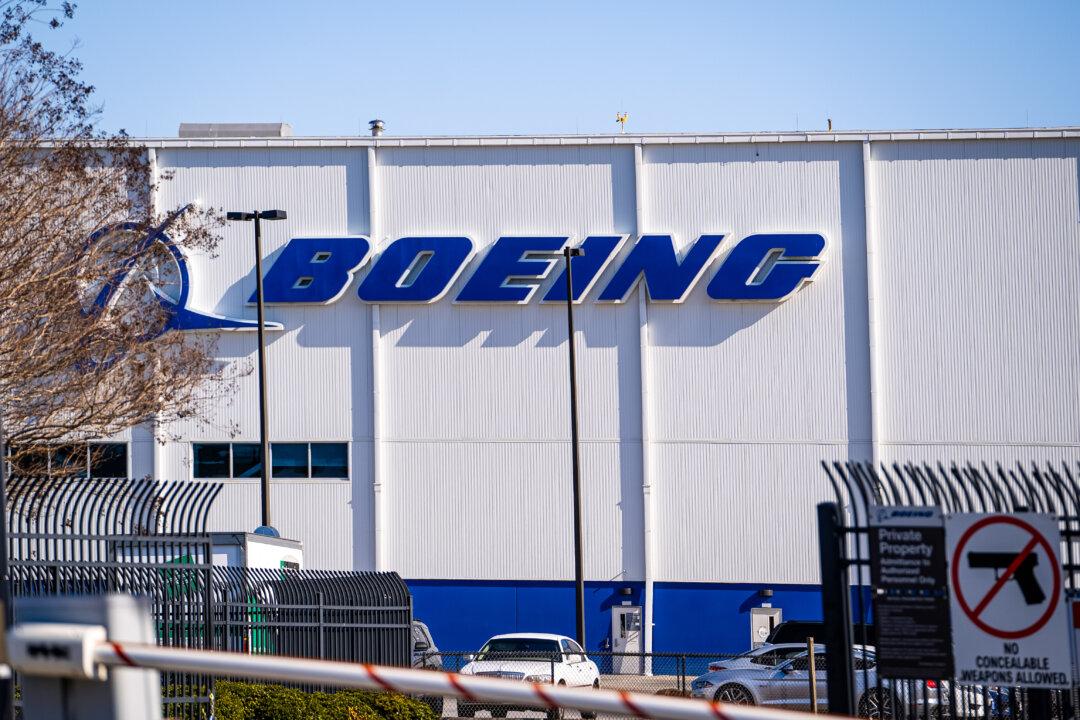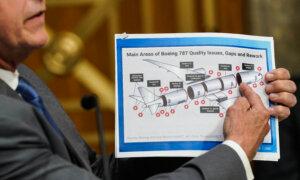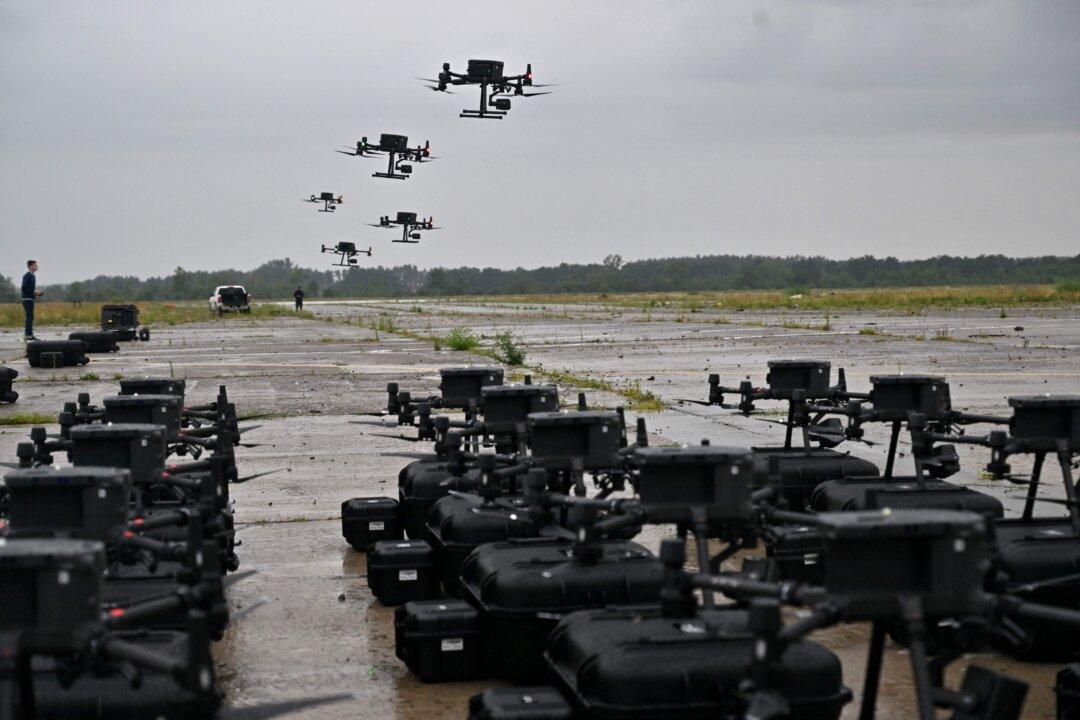Airlines, airport operations, mistakes by flight crew, and our own government have played a role in creating the safety problems and accidents involving Boeing.
Commentary
As noted in my
previous article, it is absolutely true that Boeing deserves to be sharply criticized and held accountable until it addresses the quality issues identified by the Federal Aviation Administration.
It is also true that, to date, Boeing has not done everything possible to address its outstanding quality issues. But it is also true that Boeing is being tarred and feathered with commercial aircraft incidents for which it is not responsible.
Further, while some of the problems being experienced by commercial aviation are self-inflicted, it is also true that the draconian,
unscientific, and
harmful COVID-19 lockdowns and restrictions inflicted on the U.S. population, schools, and businesses have also exacerbated the problems for commercial aviation that will take years to resolve.
An example of a recent airline safety issue with which Boeing is being unfairly tarred is the case of an engine cowling/cover being torn loose during the takeoff of a Southwest Airlines Boeing 737. While some articles and videos posted by news organizations identified the jet as a Southwest jet, many news
reports focused on it being all about Boeing. For example, the
Guardian headline about the incident read, “Boeing engine cover falls off during takeoff, prompting US investigation.”
While it is true that the engine whose cowling was torn off was installed on a Boeing aircraft, the engine is actually a CFM56 jet engine, made by CFM, of which
thousands are installed on Boeing 737s and Airbus A320s. In other words, while Boeing does install the engines on its planes, it does not manufacture them.
But did Boeing, and for that matter Airbus, choose to install engines with a history of problems on their planes? No! The CFM56 lines of engines are highly reliable, very fuel-efficient jet engines with an admirable safety record that does not include properly secured cowlings falling off in midflight.
This leaves us with Southwest Airlines and the fact that maintenance personnel regularly open and close the cowlings on CFM56 engines to perform maintenance. And while the FAA has not formally concluded its investigation, it is my bet that it will find that the engine cowling had not been properly secured by Southwest maintenance personnel before the plane’s takeoff and that, once subjected to wind speeds of hundreds of miles per hour, the improperly secured cowling popped open and was then ripped off the engine.
Other maintenance-related issues most likely related to airline deficiency in maintenance include the
wheel falling off a Boeing 777 shortly after takeoff.
This brings us to the hugely negative impact that the COVID-19 government mandates have had on commercial aviation passenger safety.
Even before the COVID-19 government lockdowns and travel restrictions, the commercial airline industry was having trouble hiring enough mechanics and technicians (maintenance personnel) to meet its needs. Then, along comes the COVID-19 travel restrictions that wreaked havoc on commercial aviation, causing airline passenger traffic to plunge by 96 percent
from April 2019 to April 2020.
Obviously, this disastrous decrease in passenger volume and flights reduced the need for maintenance personnel, and the shortage of maintenance personnel was temporarily alleviated. But with
64 airlines in the process of going bankrupt, and with even the largest airlines struggling for survival, airlines began offering early retirement packages to reduce short-term operating expenses.
Then, when the pandemic ended and the flight volume began to approach pre-COVID volumes, the shortage of aircraft maintainers was back with a vengeance. And the overall level of experience for those responsible for ensuring safe aircraft operation was lower than it was before COVID-19 lockdowns because it was the most senior and most experienced who were in a position to take early retirement.
At United Airlines alone, it is estimated that
more than 2,000 mechanics retired or were let go. In order to survive, other airlines, including
American Airlines and
Delta Airlines, followed suit. While precise figures are not available, a rough estimate of more than 10,000 senior aircraft mechanics being lost because of the COVID-19 lockdown seems reasonable. Additional experienced staff were also lost as a result of airlines
forcing airline employees to get the COVID-19 vaccine or be fired.
Summing things up, in
an interview with the Satair Knowledge Hub, Gary Peterson, director of the Transport Workers Union Air Division, said that COVID-19 almost certainly accelerated the mechanic and technician shortage.
“Without COVID, that timeline [demand outpacing supply by 2022] might have been extended a year or two because the field was seeing an influx of money and benefits that it hadn’t seen in many, many years,” he said. “Now with COVID coming into play, the vast majority of airlines have offered early-out packages for people to leave.”
Thus, not only did the COVID-19 travel restrictions, lockdowns, and vaccine mandates accelerate the shortage of aircraft maintenance personnel, but they also reduced the overall expertise level of aircraft maintainers. Having less experienced aircraft maintainers decreases the chances of identifying and correcting manufacturer-related defects and issues before they injure or kill passengers.
The impact of the government-mandated travel restrictions does not stop with the airlines. It turns out that Boeing suffered numerous COVID-19 mandate-induced cancellations and delays of deliveries that forced it to join the airlines in offering
early retirement packages to its most senior and experienced people. And some of these people forced into early retirement were undoubtedly their most experienced manufacturing/production operation people, that is, the people who will form the foundation for any improvement in quality control.
However, to keep things in perspective, it must be noted that despite all the recent incidents being highlighted by social media and the press, when flying in the United States, on a per mile of travel basis, it is still
4,800 times safer to fly than traveling by automobile, and in the United States over the 2018 to 2022 time period, there were only 11 fatalities from 3.7 billion passengers. Further,
over the past 60 years, flying, even when including the two Boeing 737 Max crashes, has gotten progressively safer. And flying today is about four times as safe as it was in 2007.
That Boeing executives have faced and continue to face additional financial pressures because of how our government
mishandled its COVID-19 response does not absolve Boeing from its failure to move quickly enough to resolve its quality control issues. However, the preceding analysis does provide context. And it does remind us that just because a Boeing jet was involved does not necessarily mean it was Boeing’s fault.
It does highlight that the airlines, airport operations, mistakes by
the flight crew, and our own government have played a role in creating the safety problems and accidents involving
Boeing and
Airbus aircraft.
Views expressed in this article are opinions of the author and do not necessarily reflect the views of The Epoch Times.







